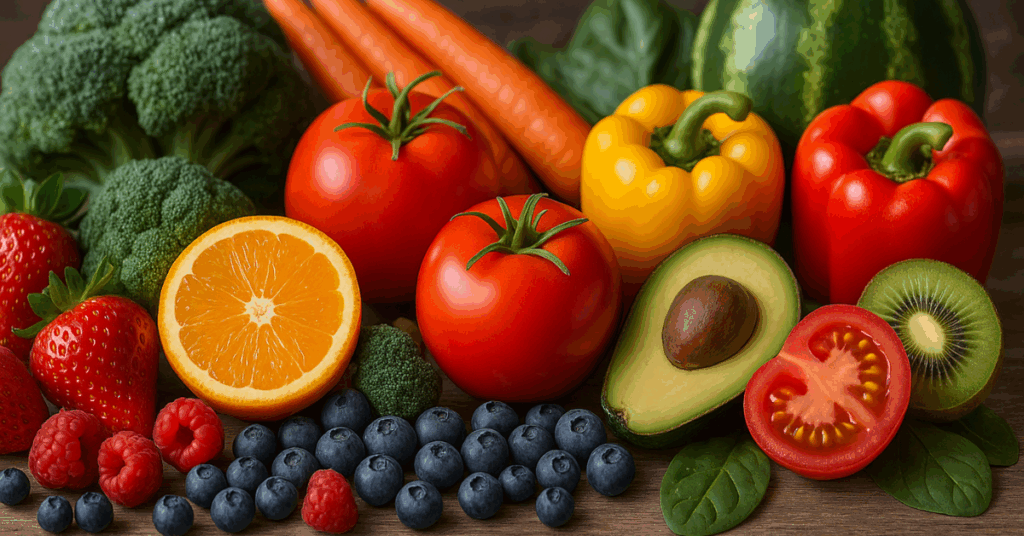Do Not Delete
You’ve probably heard the terms oxidative stress and antioxidants tossed around, especially in health-focused conversations. But what do they really mean for you, day to day? Let’s break it down in a way that skips the jargon and connects the dots to your own healing journey.

What Is Oxidative Stress, Anyway?
Oxidative stress happens when your body has too many free radicals and not enough antioxidants to balance them out.
So, what’s a free radical?
Think of your body like a giant dance floor. Every dancer needs a partner. When a dancer is left without one, they start frantically looking for someone else — even if it means breaking up another pair. That’s what free radicals do: they’re unstable and disruptive.
This chain reaction leaves more and more dancers without partners, creating chaos on the floor.
Antioxidants are the peacemakers. They step in and offer their hand to stabilize the rogue dancer, bringing calm back to the dance floor and stopping the chain reaction.
ANTIoxidants calm oxidative stress.
Why We Face More Oxidative Stress Today
Your body naturally produces both free radicals and antioxidants every day. Breathing, digesting, and even exercising all create a balance of the two. Normally, your body is well-equipped to handle it.
But modern life has stacked the deck against us. Today, we’re exposed to far more free radical triggers than our ancestors ever were:
- Processed food
- Too much alcohol
- Pollution
- Chronic stress
- Environmental toxins
This imbalance pushes your body into oxidative stress — which quietly sabotages your health over time — like fatigue, weight gain, PMS, mood swings, skin flares, and gut issues.
The Real-World Effects of Unchecked Oxidative Stress
When oxidative stress overwhelms your system, it disrupts everything—from your skin and joints to your thinking and energy. It’s linked to:
- Accelerated aging (wrinkles, stiffness, memory decline)
- DNA damage and higher cancer risk
- Heart disease, high blood pressure, stroke
- Alzheimer’s, Parkinson’s, and other neurodegenerative conditions
- Slower healing, frequent illness
- Mood swings, fatigue, brain fog
This isn’t a small ripple. Oxidative stress is like background noise that keeps every part of your body from working at its best.
Eat the Rainbow—and Defend Your Cells
You can’t completely avoid oxidative stress — but you can strengthen your body’s defenses.
Your simplest tool? Antioxidants in whole foods.
Color-rich produce, in particular, gives your body powerful allies to neutralize free radicals and reduce your toxic load.
Here are some examples of antioxidant-rich foods:
- Vitamin A / Carotenoids: carrots, sweet potatoes, kale, apricots
- Vitamin C: citrus fruits, strawberries, bell peppers
- Vitamin E: nuts, seeds, leafy greens
- Selenium: garlic, eggs, fish, Brazil nuts
- Polyphenols & Flavonoids: berries, green tea, grapes, pomegranates
- Lycopene: tomatoes, pink grapefruit, watermelon
- Lutein: spinach, broccoli, kiwi, brussels sprouts
(And if your eyes glazed over reading those names? Don’t worry. Just remember: eat the rainbow. That’s your shortcut.)
Why Whole Foods > Supplements
When it comes to antioxidants, the source matters just as much as the amount.
High-dose antioxidant supplements? Research shows they’re not the miracle fix they’re often marketed as — and some can even backfire.
But antioxidant-rich whole foods? Those are consistently linked to better health outcomes. They don’t just give you antioxidants — they also deliver fiber, phytonutrients, and other compounds that help your body use them effectively.
⏳ Your 5-Minute Action
Pause and think of your last few meals:
- Did they include bright, colorful fruits or veggies — or did they look more beige or processed?
- Could you add a splash of color (like berries, spinach, or bell peppers) next time?
Start small. Start colorful.
You’re Not Alone
It’s easy to feel like your body is working against you — especially when aging, fatigue, or inflammation are piling up.
But it’s not about willpower — it’s about support. And when you flood your system with antioxidant-rich foods, you’re giving your body what it needs to function better and heal deeper.
You’re not behind. You’re just learning a better way forward.
Keep Reading
👉 Nutrition as Medicine – How food becomes your daily healing tool.
👉 Core Health Principles – Shift from symptom-chasing to root-cause thinking.
👉 Gut Health Intro – Why food quality impacts digestion, hormones, and more.
👋 New to the blog?
This article is part of a bigger picture. Head over to the Start Here post to learn how the blog is organized and where to begin your healing journey.
Comments +